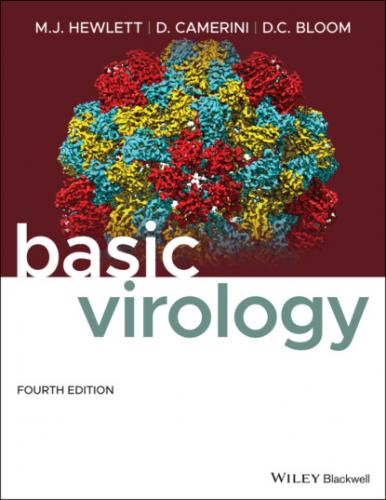Some viruses with vertebrate reservoirs
While many human viral diseases are maintained in the human population itself, some important pathogens are maintained primarily in other vertebrates. A disease that is transmissible from other vertebrates to humans is termed a zoonosis. Rabies is a classic example of a zoonosis that affects humans only sporadically. Because humans rarely transmit the virus to other animals or other humans, infection of a human is essentially a dead end for the virus. The rabies virus, which is transmitted in saliva via a bite, is maintained in populations of wild animals, most generally carnivores. The long incubation period and other characteristics of the pathogenesis of rabies mean that an infected animal can move great distances and carry out many normal behavioral patterns prior to the onset of disease symptoms. These symptoms may include hypersensitivity to sound and light, and finally, hyperexcitability and frenzy. Except in rare instances of inhalation of aerosols, humans only acquire the disease upon being bitten by a rabid animal; however, the fact that the disease can be carried in domestic dogs and cats means that when unvaccinated pets interact with wild animal sources, the pets become potential vectors for transmission of the disease to humans. Vaccination of pets provides a generally reliable barrier.
Many viral zoonoses require the mediation of an arthropod vector for spread to humans. The role of the arthropod in the spread can be mechanical and passive in that it inoculates virus from a previous host into the current one without virus replication having occurred (a favored route with animal poxviruses), but the arthropod's role as a vector can be dynamic. For viruses with RNA genomes that are transmitted between hosts via arthropods (such as those responsible for yellow fever, a number of kinds of encephalitis, dengue fever, and Zika virus), virus replication in the vector provides a secondary reservoir and a means of virus amplification. This makes spread to a human host highly efficient, since even a small inoculation of the virus into the arthropod vector can result in a large increase in virus for transmission to the next host.
VIRUSES IN POPULATIONS
Most (but certainly not all) virus infections induce an effective and lasting immune response. Some of the basic features of this response are described in Part II, Chapters 7 and 8. An effective immune response means that local outbreaks of infection result in the formation of a population of resistant hosts – often termed herd immunity. This means that any virus that induces protective immunity must maintain itself either in another reservoir or by dynamically spreading in “waves” through the population at large. If enough members of the susceptible population become immune, virus cannot spread effectively and it becomes extinct. This herd immunity is a major factor in both gradual and abrupt acquisition of genetic alterations that create new serotypes of viruses that can escape immunity to the original strain.
Viral epidemiology in small and large populations
The occurrence of mild respiratory infections (such as a common cold) in isolated communities provides graphic examples of the process of virus extinction. For example, when scientists visit the Antarctic research stations at the beginning of the Antarctic summer, they bring in colds to infect the resident population. When scientists stop arriving with the onset of winter, the prevailing respiratory diseases run their course and disappear. Figure 3.2 charts a classic epidemiological study of respiratory illness in an isolated fishing and mining population on Spitzbergen Island, Norway, in the Arctic Ocean. Note that after the last contact with the “outside world,” the incidence of such viral‐borne respiratory infections rapidly declines to an undetectable level.
Figure 3.2 Occurrence of respiratory illness in an arctic community (Spitzbergen Island, Norway) that is isolated during the winter months. Following the last boat communication with the European mainland, the number of respiratory illnesses declines from a low number to almost
